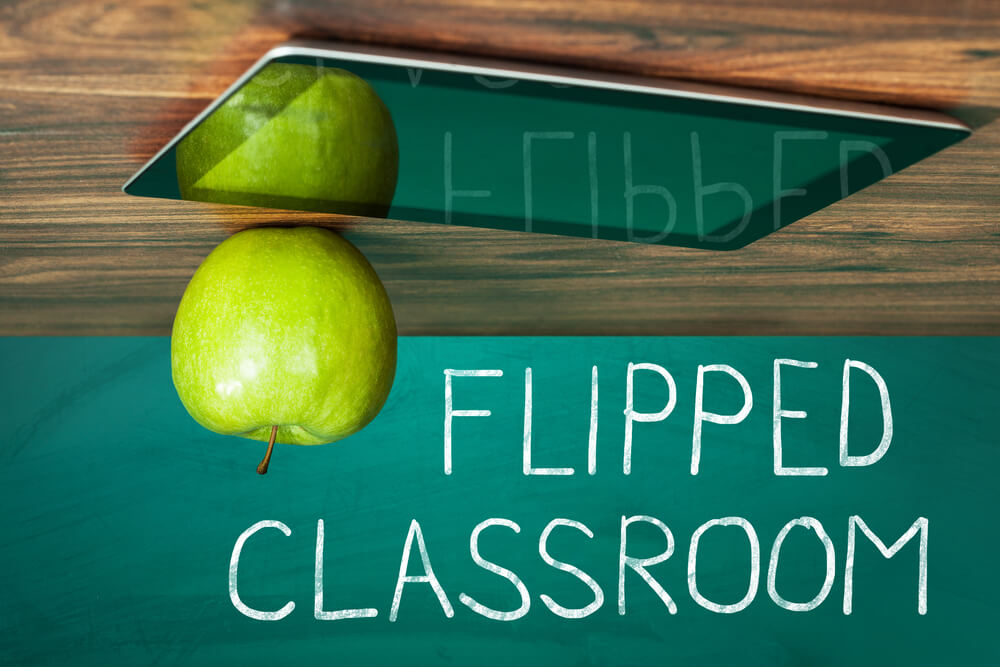As an elementary and special education teacher, it is hard for me to imagine how a flipped classroom would work. However, Helaine Marshall, author of THREE REASONS TO FLIP YOUR CLASSROOM, gives insight on how a flipped classroom can be beneficial to students, especially English language learners.
In a flipped classroom, students do their "direct instruction" outside of the classroom through instructional videos. During classroom time, students interact with peers, collaborating on activities geared toward what was watched in the instructional videos. Teachers also use that time to give feedback and ask higher order thinking questions.
My first thought when reading about flipped classrooms was, "how?" I soon came to the realization that flipped classrooms are probably intended for high school aged and on. Even so, how does the teacher ensure the student is viewing the instructional videos? How does it work in lower-income areas (areas where students may not have that technology at home)? How can educators expect students to do this amount of learning outside of class? What if the student needs to work? Does the student need to view instructional videos for every subject? Where will they find the time?
Trying not to be a pessimist, I decided to read on. Marshall does a great job of outlining why this type of teaching would be beneficial to English language learners. One aspect that I think would be beneficial is the ability to control how you are experiencing your instruction. You can pause and rewind to go over concepts you may not be too sure on. You can also fast forward over concepts you are comfortable with, leaving you more time to focus on concepts you are unsure of. EL learners usually spend most of traditional instruction time trying to comprehend what the teacher is saying. A flipped classroom eliminates this problem. It allows the student to spend more time learning the content, rather than trying to understand the language.
Overall, I believe flipped classrooms can work with higher-education. Even though I have my doubts, I think that if it were implemented correctly, it would be extremely beneficial to EL learners.



I think the take-away here needs to be "everything in moderation". A little bit of traditional and a little bit of flipped isn't bad. We as teachers need to know our population. If it doesn't suit your needs, it isn't bad to say so. You are wise to be skeptical if you don't think it is good for your kids.
ReplyDelete